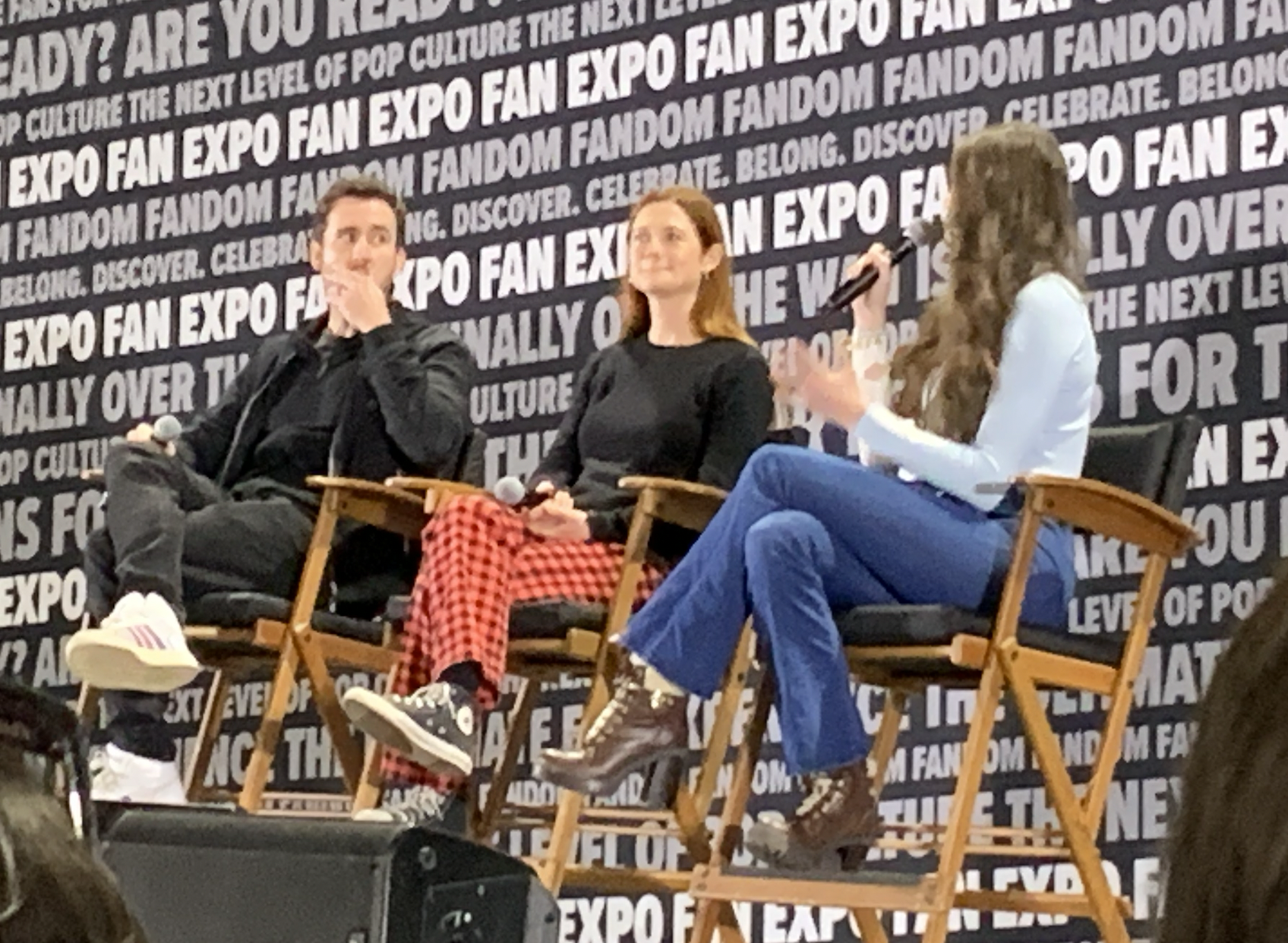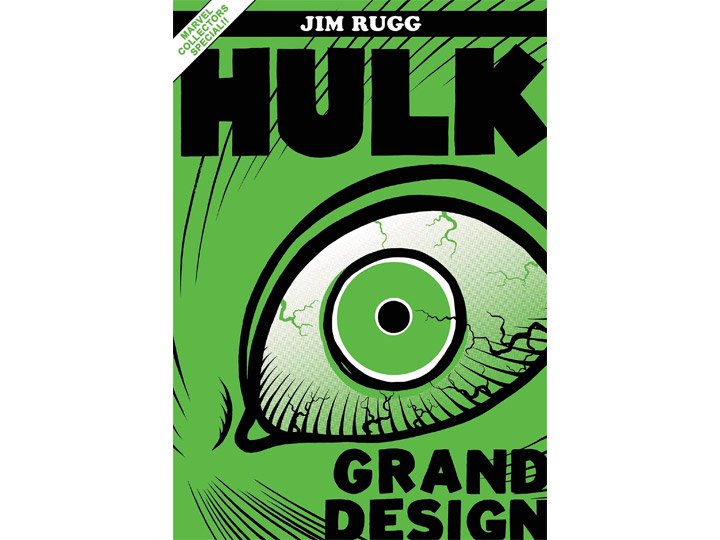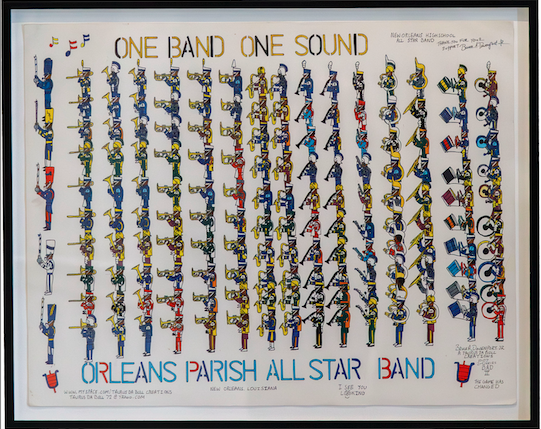Ken Kelly Destroyed Kiss

The comic artist, illustrator, and nephew of Frank Frazetta helped define the rock band's image.
The cover of 1975’s Destroyer ushered in the era of megastardom for Kiss. Before it, the band looked at best mysterious and intriguing. The self-titled debut album featured simply the made-up faces, Hotter Than Hell hinted at a kabuki influence, Dressed to Kill presented the band in makeup and gangster suits, and Alive! depicted them onstage amidst smoke and pyro. Visually it wasn’t clear—were these more degenerates like The New York Dolls, weirdos like Alice Cooper, or oddballs like Sparks? Alive! and “Rock and Roll All Night” got people’s ears, but the Destroyer cover brought the band’s image into focus: They’re superheroes.
Arguably, that’s also when the band jumped the shark—who over the age of 14 wants superhero rock ’n’ roll?—but the illustration of Paul Stanley, Peter Criss, Ace Frehley, and Gene Simmons four abreast leaping triumphantly from the destruction in the background suggested they’d just laid left a town that couldn’t rock in rubble and were feeling triumphant. Simmons’ wings on Alive! looked a little homemade, but his armor and monster boots on Destroyer looked powerful and cool—cooler than the real, clunky ones than he lumbered in onstage.
Artist Ken Kelly is diplomatic when talking about the role his art played in Kiss reaching another level of stardom. He’s modest and acknowledges that he still paints guitars for Simmons. He talks about the work involved in making it—doing the roughs, getting them approved—and shares credit with art director Dennis Woloch. Still, he recognizes, “I nailed it.”
Part of his job was to make them larger than life, which meant drawing some of them taller than they were in real life. More importantly, “I gave them each their own personalities,” Kelly says. “Sleekness, thinness, fitness—everything that says, Now happening. You’ve got to see this. That’s what I tried to convey.”
Kelly will be in New Orleans for the Wizard World Comic Con this weekend, and as he understands it, it was his comics work that got him the Kiss gig. He was doing horror comics for Warren in the ’70s, and when the artists Kiss wanted for the cover priced themselves out, Simmons legendarily went downstairs to a newsstand, grabbed a bunch of comics, saw Kelly’s work and said that’s the guy he wanted.
“I didn’t know the band at the time,” Kelly says.
What he did know is what a good cover was like. His uncle was Frank Frazetta, the illustrator who did as much as anybody to create the sword and sorcery genre in the ‘70s. The series of paperback collections of Robert E. Howard’s Conan pulp stories were published in the late 1960s with covers by Frazetta, and his dynamic representations of moments from the stories created interest the pulp action character that led to the 1974 debut of Marvel Comics’ The Savage Sword of Conan.
“He singlehandedly made the industry with his art,” Kelly says. “His talent was so far beyond what anybody ever knew.”
Kelly’s first memories of “Uncle Frank” drawing was during Frazetta’s struggling artist days, ghost-drawing the “Lil’ Abner” comic strip for Al Capp in the late 1950s. Throughout his career, Frazetta gave him feedback and guidance.
There were no formal lessons, but he let Kelly hold and scrutinize his work and talked about his values. In Kelly’s mind, Frazetta’s sword and sorcery work wasn’t about hypermuscular men and busty, barely dressed women. Frazetta tried to find the most dramatic moment in the story and tried to illustrate that. “What was most important to Frazetta was the energy and the power,” he says. “And it wasn’t just portrayed in the muscle. It was in the action and scene and the pose.”
According to Kelly, the cover of Conan the Usurper was the one that changed things. It portrayed Conan straining against the chains holding him in place with a giant snake poised to attack. “The one with the snake going through Conan’s legs rocked the world,” he says.
Kelly hadn’t planned to be an illustrator and had no formal training or education, but he had no other marketable skills when he got out of the military. Frazetta suggested that he go into horror comics because they were easier to break into, and to work on covers because that’s where the money was. After five years in the horror comics business, he was ready for new, less grinding challenges like Destroyer. His success with Kiss got him additional cover work including Rising by Blackmore’s Rainbow and a host of albums by heavy metal band Manowar. That wasn’t his taste in music—he was an Eagles, Elton John, Bob Seger guy—but it paid the bills. “I didn’t really understand Kiss, but I didn’t have to. I understood what they wanted.”
He returned to work with Kiss in 1977 for Love Gun. By that point, the band had a clear identity so Kelly had a different task. They wanted something that said how big they were, so Kelly drew them in a back alley behind the stage with girls at their feet and a single light shining down on the scene.
“They said, This is good, but we’re bigger than this now. We are astronomically large,” Kelly recalls. In their mind, an alley was small potatoes for Kiss. He went back to work and came up with the image they used, with the flock of chesty women in Vampirella-like costumes writhing in front of them in the band’s white face makeup. The pillars, arch, smoke and demonic looking women give the cover a strong sword and sorcery vibe, but that wasn’t what Kelly had in mind.
“I was thinking of a large stage. It was my concept of them being onstage and grandiose,” he says.
Kelly makes no bones about it, though: he wasn’t in art for the art. It’s a living, and drawing toy packaging pays much better. “For any job you get, you get paid singularly for that job. With toys, there was always eight to 10 items in the line so you got paid 10 times.” That became his primary source of income, but he never gave up album cover art entirely, even when he had to make images that worked on CD covers. Nor did he find the confines frustrating.
“Where it was going was their problem,” Kelly says. When he planned the cover for No World for Tomorrow, Coheed and Cambria’s 2007 album, “I sat there with Coheed in California and went over ever single piece of the cover that he wanted—there were six or seven paintings involved—but where the art actually went and how it was used was their problem. I did it my size the way I wanted. I still do the same thing for Manowar. I’ve been doing Manowar for 30 years. I just did Ace Frehley’s cover.
“Everyone that I do work for now releases a certain amount of vinyl and a certain amount of CDs so that people can see the art in different ways. That’s their problem. I’m just going to keep painting.”







